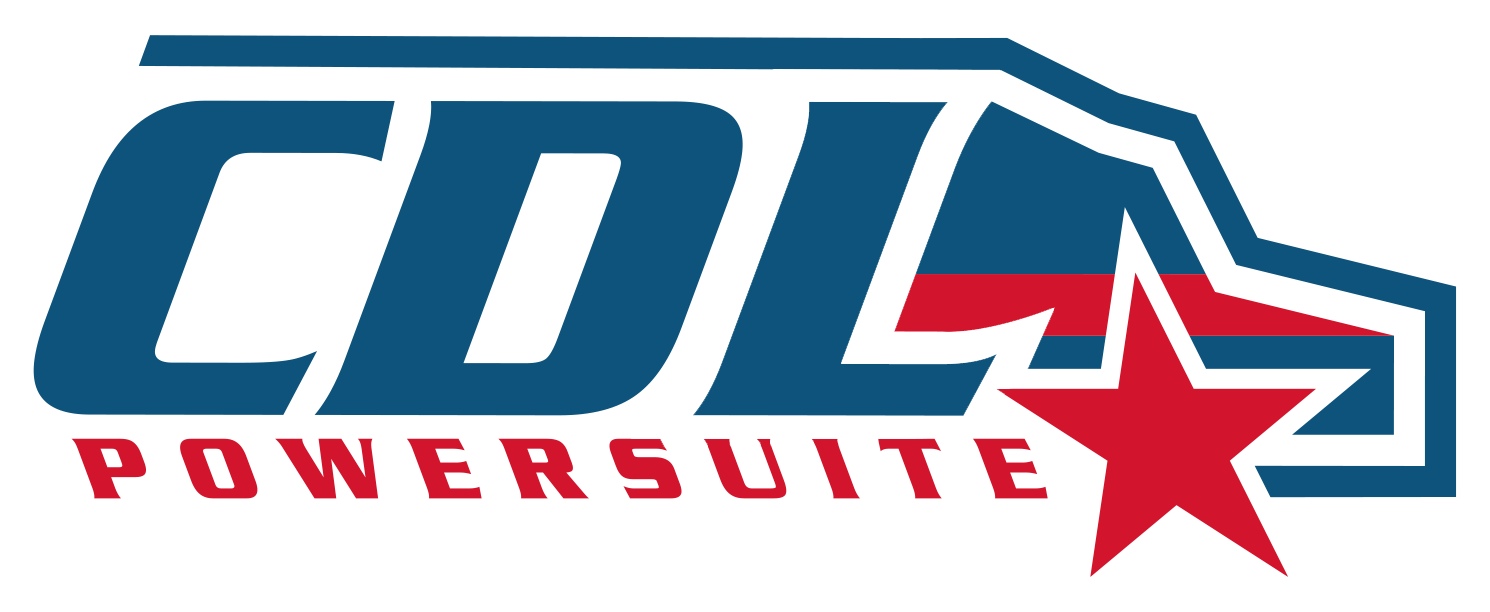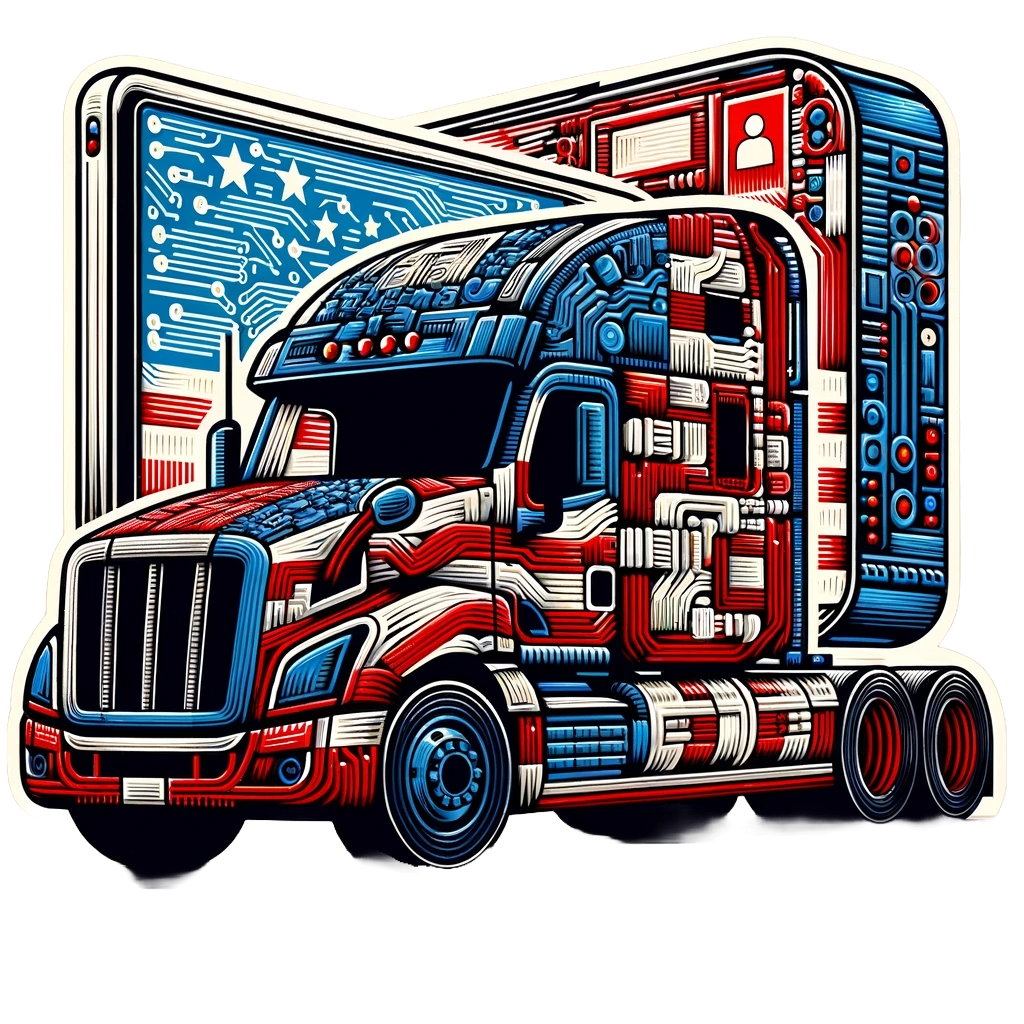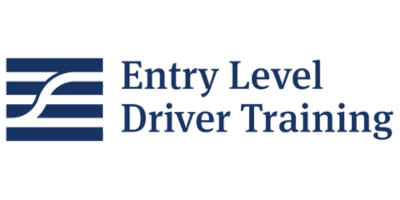How to Know if Your CDL School Is in Compliance with the FMCSA
Jason Boudreau • June 18, 2025
Staying in compliance with the Federal Motor Carrier Safety Administration (FMCSA) is not just a legal requirement—it’s a cornerstone of operating a reputable and effective CDL training program. The FMCSA's Entry-Level Driver Training (ELDT) regulations outline strict standards that training providers must follow. If you run a CDL school, here's how to determine whether you're fully compliant with these regulations.
Verify Your Registration in the FMCSA Training Provider Registry (TPR)
The first and most essential step toward compliance is registering your CDL school with the FMCSA’s Training Provider Registry (TPR). Only schools listed in the TPR are authorized to provide entry-level driver training that meets federal standards.
You can check your registration status here:
https://tpr.fmcsa.dot.gov/Search
If you're not listed, you must complete the registration process before enrolling or reporting student completions. Schools not registered in the TPR are considered non-compliant and risk penalties or invalidated training certifications.
Align Your Training with the ELDT Requirements
ELDT-compliant training consists of
two core components:
theory instruction and
behind-the-wheel (BTW) training.
Theory Instruction Requirements
Your classroom-based or online instruction must cover the complete FMCSA-mandated curriculum, which includes:
- Basic operation
- Safe operating procedures
- Advanced operating practices
- Vehicle systems and reporting malfunctions
- Non-driving activities (e.g., Hours of Service)
Access the full curriculum summary here:
ELDT Curriculum Summary PDF
Each theory topic must be accompanied by a quiz, and students must score at least 80% on each section. You are required to retain these quiz scores (digital or paper) for a minimum of 3 years for each trainee.
Behind-the-Wheel (BTW) Training Requirements
BTW training must be conducted by a qualified instructor and must ensure proficiency, not just participation. It is divided into two distinct categories:
1. Range (Off-Road) Training
Students must demonstrate proficiency in:
- Vehicle Inspections (Pre-trip, Enroute, Post-trip)
- Straight Line Backing
- Alley Dock Backing (45°/90°)
- Off-Set Backing (Left & Right)
- Parallel Parking (Blind and Sight Side)
- Coupling and Uncoupling of combination units
2. Public Road Training
Students must also be trained in real-world driving scenarios and show proficiency in:
- Vehicle Controls: Turns, lane changes, curves, controlled stops
- Shifting/Transmission: Safe and efficient gear changes
- Communication/Signaling: Use of signals and road interaction
- Visual Search: Identifying hazards and monitoring surroundings
- Speed and Space Management
- Safe Driver Behavior: Including risk perception and response
- Hours of Service (HOS): Completing logs and understanding regulations
Full CFR reference:
49 CFR Part 380
Your school must maintain a record of proficiency assessments in these BTW areas for each student—for at least 3 years, in either a physical or digital format.
Maintain Proper Student Documentation
To stay in compliance, training providers must retain the following documents for
every student for a
minimum of 3 years:
- A copy of the
Driver’s License
- A copy of the
Commercial Learner’s Permit (CLP)
- A copy of the
Medical Examiner’s Certificate
Highly recommended (but not mandated):
- DOT Drug Test Results
- Motor Vehicle Record (MVR)
While these aren’t required, having them on file strengthens your documentation and may assist during audits or in the event of a student eligibility question.
In Summary
Compliance with FMCSA regulations is essential for any CDL training school operating at the federal level. Here's a quick recap of the federal requirements:
✔ Registered with the FMCSA Training Provider Registry (TPR)
✔ Theory training aligned with FMCSA’s ELDT curriculum (80% minimum pass rate)
✔ Behind-the-wheel (BTW) training completed to proficiency for both range and public road modules=
✔ Records retained for each student, including quiz scores, proficiency assessments, CDL documents, CLP, and Medical Card, for a minimum of 3 years
⚠️
Note: These requirements reflect what is needed to be in compliance at the federal level. However, individual states may impose additional requirements for training providers. Be sure to check with your state’s Department of Motor Vehicles (DMV) or equivalent regulatory body to ensure you are meeting all applicable state-specific rules in addition to FMCSA standards.
Check your compliance using our free compliance calculator:
Would you pass an audit?







